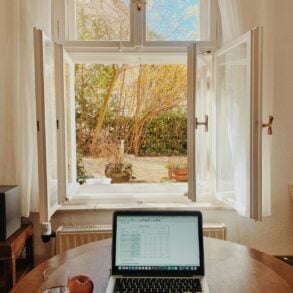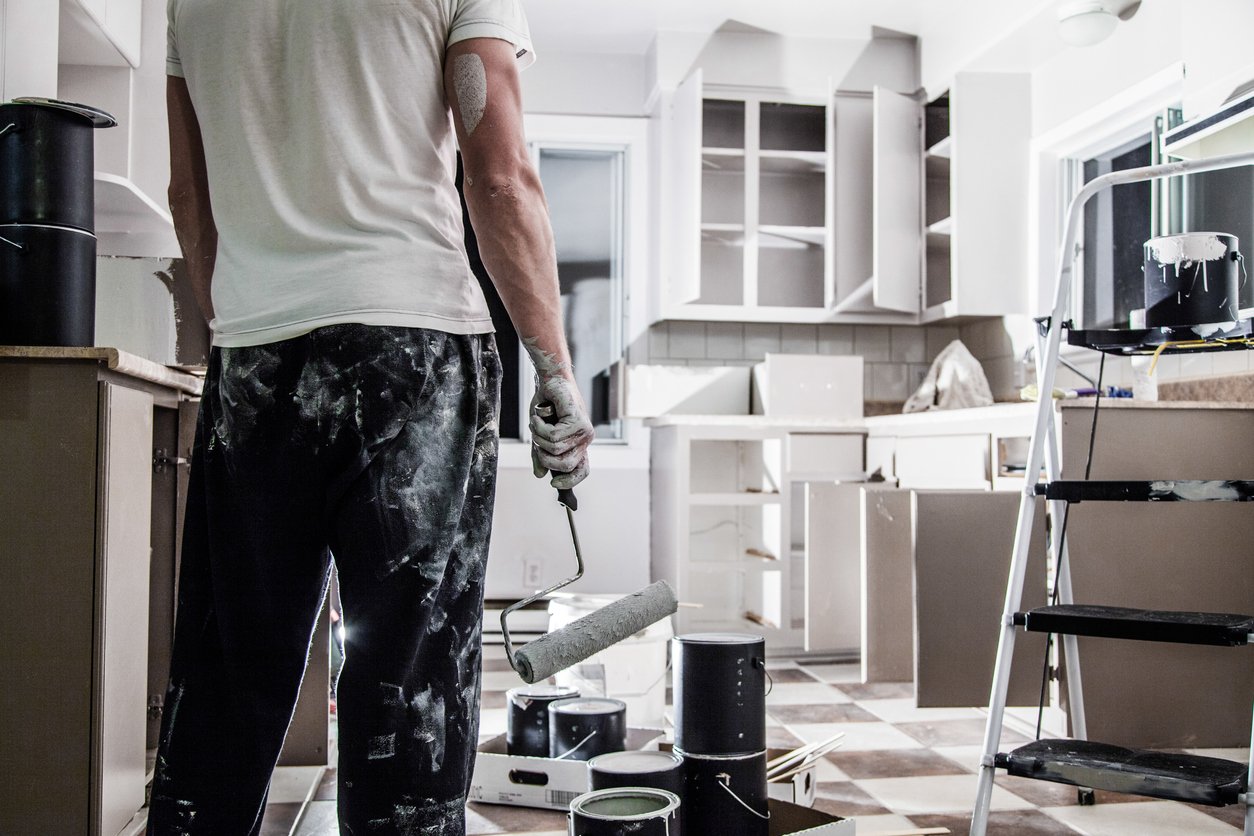
Storage units come in handy when space in your house is limited. However, there is a science to organizing goods. Learning how to make the most of your space will give you more room than ever.
Take Inventory
Take inventory of what needs to go into your storage unit. As you sort, members of your family may decide that there are items that they would like to store. Set a deadline and don’t make exceptions. The choice is going to be big enough without starting all over again.
Blueprint the Space
Buy some graph paper and draw your storage unit to scale. This will help you see if all of your items are going to fit in a single unit. If the floor and overall space are not there, the best packing pro will not be able to make everything fit. Always go with a larger storage area than trying to cram one with everything. You will probably need the extra space later.
Selecting a Unit Size
Storage units come in different sizes. They are nice for storing seldom used items like seasonal tools, sports equipment and holiday decorations. However, if you find yourself running to the storage unit more than once every two months, you need to reconsider the type of items stored. Balance out the need versus the space.
Raise the Floor
Never place boxes or furniture on the floor of a storage unit. When you inspect a storage unit to rent, it may appear clean and dry. However, even in a temperature controlled environment, moisture will rise from concrete floors. Flooding has also occurred in some areas that leave a layer of water on the floor. The best way to tackle this is by laying down wood pallets and placing your goods on top of these.
Dismantle Furniture
A table and chairs may seem impossible to squeeze into a storage unit. But when the table top is unscrewed from the base, it can rest vertically against the wall of the unit. The same goes for bed frames, bookcases and wall mirrors.
Modular Units
There are many types of self-contained storage bins and compartments for storing smaller items and clothing. Many times these are made of plastic and will clear the floor by a couple of inches, eliminating the need for pallets. Make sure they have lids. If you choose to use cardboard boxes, collect only one or two sizes. Having a hodgepodge of different sizes makes stacking difficult.
Labeling
Thinking that you are going to remember where everything is will never happen. Keep your labels neatly printed and covered with clear plastic for easy viewing. It will be so much easier finding all of those Christmas decorations once a year.
Generate a Map and Checklist
Now that you have everything organized, packed and placed in your storage unit, how many people will have access? Your entire system could be compromised if a family member visits the unit and begins moving and taking items. Keep the number of people with access limited and use the grid paper to draw a map of the layout, marking boxes and bins with numbers. Keep the original at home and a copy hanging inside of the storage unit. Also have a sign in sheet with each visitor and date for tracking purposes.
Organizing and utilizing a storage unit does not have to be difficult when steps are taken. You may find that using the same tips for closets at home can eliminate a lot of items that were slotted for the storage unit. For example, work tools in the garage, sewing notions that you forgot you had and books that can be given to a local library instead of storing.








